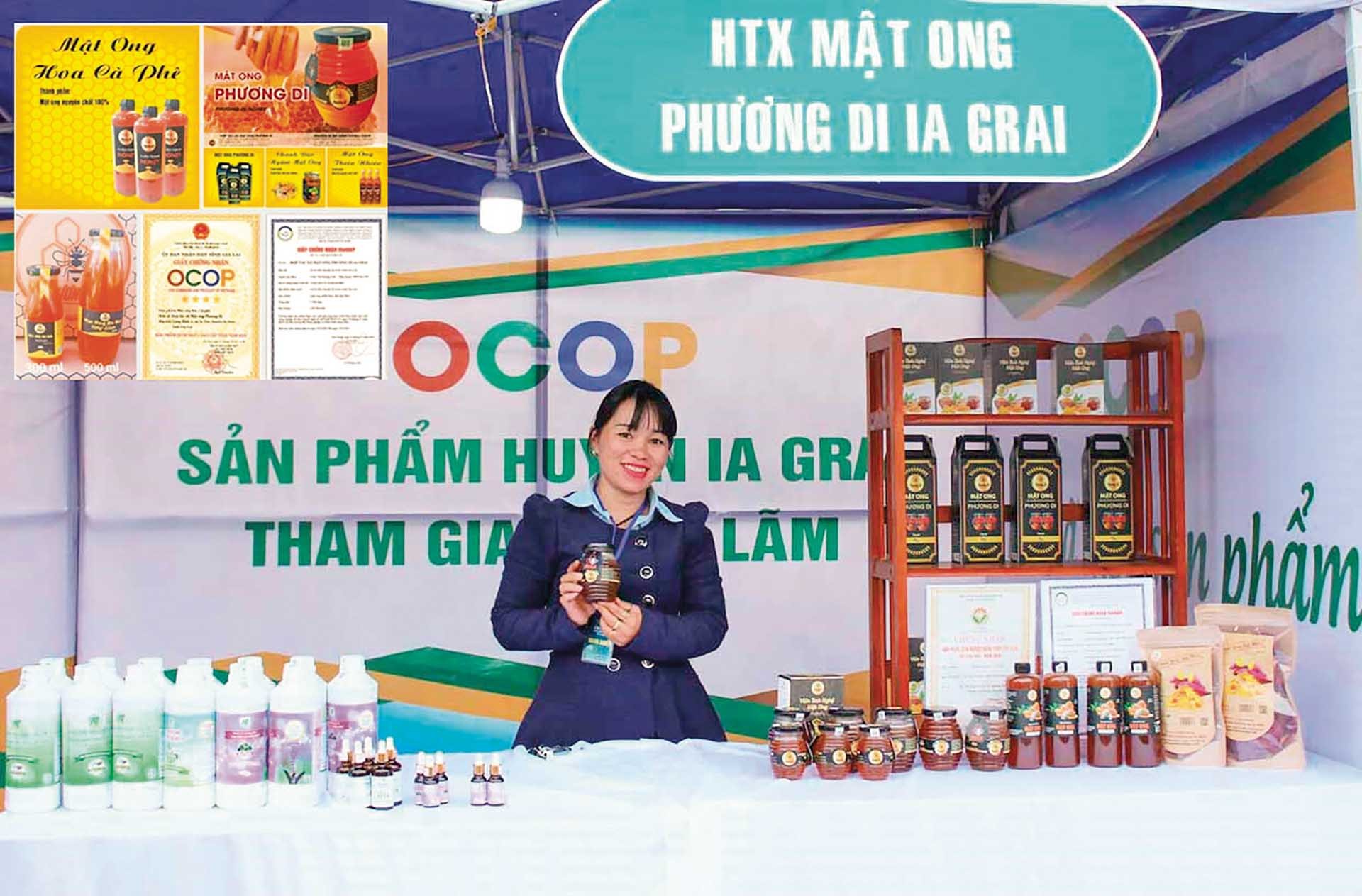 |
| Typical products of Gia Lai province. (Source: ocopgialai.vn) |
New driving force for rural economic development
In order to strengthen propaganda, dissemination, and support economic organizations and people to actively participate in the OCOP Program, contributing to the transformation of economic structure, labor structure, and development of agricultural production towards increasing value and sustainable development, contributing to the effective implementation of the National Target Program on New Rural Construction for the period 2021-2025, at the end of 2022, the People's Committee of Gia Lai province has just issued a plan to implement the One Commune One Product Program in Gia Lai province.
Accordingly, the Gia Lai Provincial People's Committee sets a general goal of developing OCOP products to promote the potential and advantages of rural areas to increase people's income; contributing to continuing to restructure the agricultural sector associated with the development of small-scale industries, occupations, services and rural tourism.
At the same time, promote sustainable rural economic development, on the basis of enhancing the application of digital transformation and circular economy, preserving cultural values, managing resources, conserving biodiversity, landscapes and rural environment, contributing to building new rural areas in depth, effectively and sustainably.
Up to now, the OCOP Program in Gia Lai has actively contributed to the formation of hundreds of typical products of the province, truly creating new momentum in rural economic development, contributing to the success of the National Target Program on new rural construction.
According to information from the Department of Agriculture and Rural Development of Gia Lai, the whole province has 49 OCOP products with four stars and 267 products with three stars. Specifically, 286 products belong to the food group; eight products belong to the beverage group; 20 products belong to the herbal group; one product belongs to the textile and garment group; one product belongs to the handicraft and decoration group.
With 157 entities having OCOP products, including: 32 enterprises, 42 cooperatives, 83 production and business establishments and households; 93/220 communes, wards and towns in the province have products meeting provincial OCOP standards, of which 39 communes meeting new rural standards have OCOP products.
Most of the province’s OCOP products have clear addresses and origins. In particular, many products have had domestic and foreign markets such as: VietGAP vegetables, tubers, fruits, one-sun-dried beef, pepper, jar wine, herbs, brocade, souvenirs, wooden handicrafts, rural tourism cuisine, etc. These are typical products produced by people in rural areas and brought to the market for many years.
Currently, OCOP products have been put on e-commerce platforms such as: Gia Lai e-commerce trading platform (ocopgialai.vn), Voso e-commerce platform (voso.vn), Vietnam Post Company's e-commerce platform (postmart.vn), SmartGAP, KiotVIET, Sendo, Lazada, Shoppee, Tiki...
In addition, in order to support the development of community tourism service groups in the One Commune One Product Program, on March 8, the Ministry of Agriculture and Rural Development issued Decision No. 799/QD-BNN-VPDP approving the list of pilot models under the One Commune One Product Program for the period 2021-2025. Gia Lai was approved for a pilot model of developing OCOP products on community tourism in Mo Hra village (Kong Long Khong commune, Kbang district). Kbang district has completed the dossier to request competent authorities for appraisal.
 |
| The OCOP program in Gia Lai has actively contributed to the formation of hundreds of typical products of the province. (Source: Rural Economy Magazine) |
OCOP products affirm their value
In fact, the OCOP products of Gia Lai province when participating in commodity trading have increased by 20% compared to when they had not participated in the program. In particular, some OCOP products are gradually affirming their value and aiming at foreign export markets. For example, VietGAP vegetables, tubers, fruits, grilled chicken with bamboo rice (Pleiku City), dried bamboo shoots, ginseng, areca (Kbang district), dried beef (Dak Doa district), lingzhi mushrooms (Chu Pah district), fine art wooden products... are products that have built their brands in the market.
Gia Lai aims to increase the total number of OCOP products recognized as three stars or higher in the province to 395 by 2025, including 1-2 OCOP products reaching five stars. Maintain, consolidate and upgrade at least 30% of OCOP products that have been evaluated and classified; prioritize the development of OCOP products associated with product brands, and develop rural tourism services.
The province prioritizes the development of cooperatives and small and medium-sized enterprises, striving for at least 40% of OCOP entities to be cooperatives; 30% of entities to be small and medium-sized enterprises. At least 10% of OCOP entities to build a value chain in the direction of circular economy, green OCOP associated with stable raw materials; in which priority is given to products that have been evaluated and classified.
To achieve the set goals, the Gia Lai Provincial People's Committee requests departments, branches, People's Committees of districts, towns and cities to identify the implementation of the OCOP Program as a key and consistent task in developing the rural economy and building new rural areas in the period of 2021-2025; based on the functions and tasks of the sector, advise the Provincial People's Committee to effectively direct the implementation of the provincial OCOP Program to achieve the set goals.
In addition, the People's Committees of districts, towns and cities need to apply policy mechanisms, resources, and integrate priority programs and projects to support economic organizations participating in the OCOP Program in the area.
In addition, the province actively promotes branding, trade promotion, advertising, introducing OCOP products, expanding production scale, orienting product development according to processes, meeting national and international standards such as: Organic, GlobalGAP, GMP, VietGap... Building product stories in the direction of linking with local landmarks, cultural elements and highlighting the uniqueness of the product.
It can be affirmed that the OCOP Program in Gia Lai has been exploiting the maximum potential of the region, orienting rural people towards the production of high-quality and sustainable products. From there, it increases the added value of the products, bringing OCOP products into the "big sea" of the market; contributing to increasing income and improving people's lives.
Source








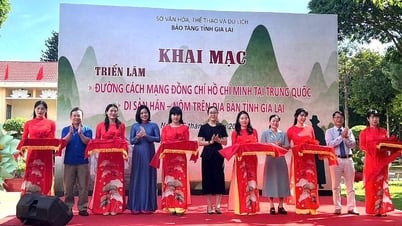

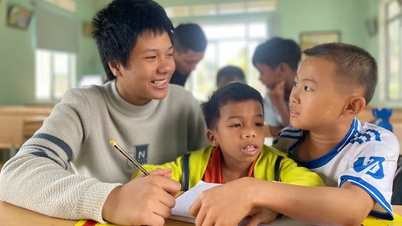

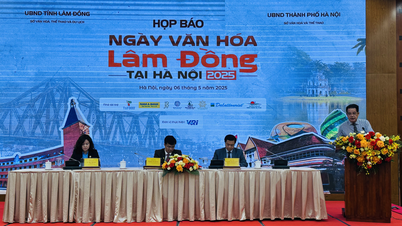

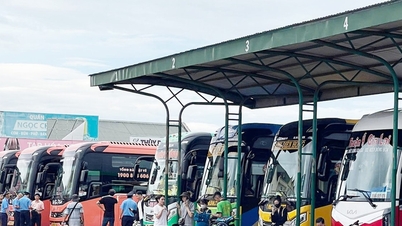

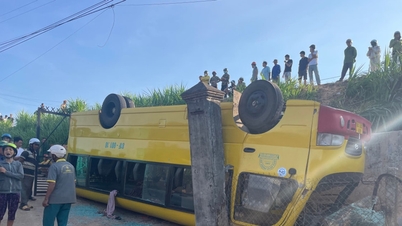

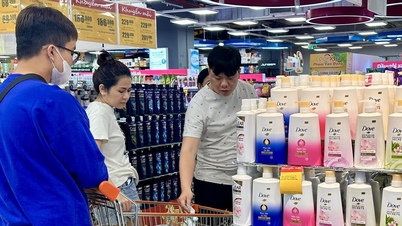



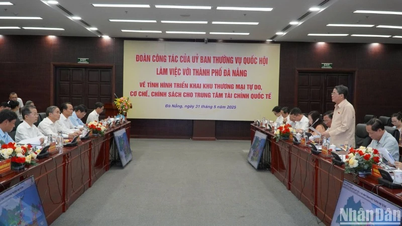

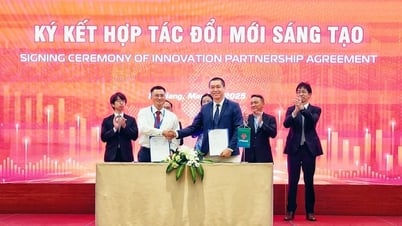






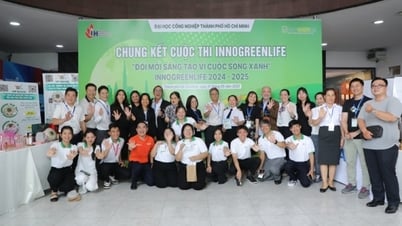
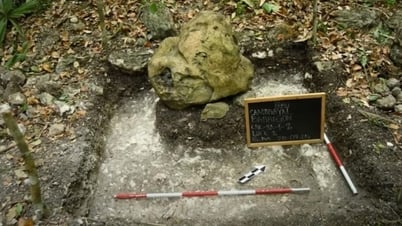



















































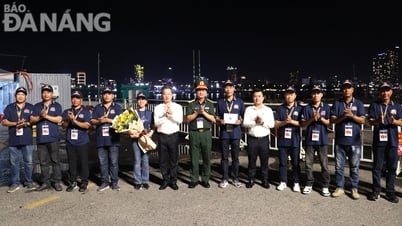















Comment (0)